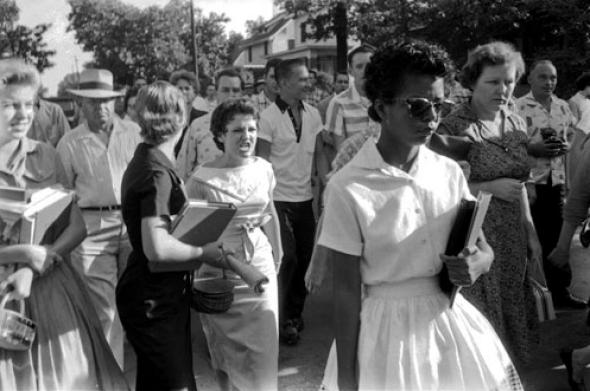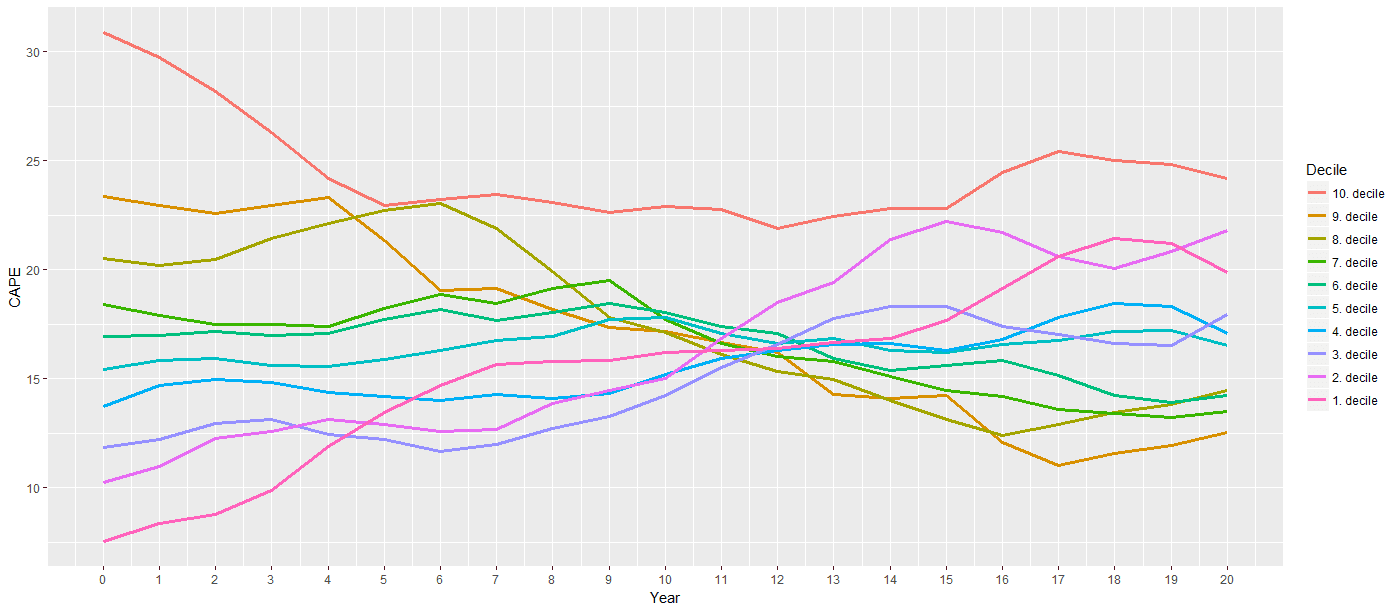School Desegregation Order Terminated: A New Era For Schools?

Table of Contents
The History and Impact of the Desegregation Order
The Springfield School District's desegregation order, implemented in the wake of the landmark Brown v. Board of Education Supreme Court decision in 1954, aimed to dismantle the system of legally mandated racial segregation in public schools. While Brown v. Board declared state laws establishing separate public schools for black and white students unconstitutional, the implementation of this ruling faced significant resistance, and progress was slow and often uneven. The Springfield order, like many others, involved busing programs, redrawing school district boundaries, and other measures to achieve a more integrated student population.
The order's impact has been multifaceted. While it undeniably faced challenges in achieving true integration, positive outcomes were observed in some areas:
- Improved Academic Outcomes: In certain instances, improved academic outcomes were observed for minority students as a result of increased access to better-resourced schools and more diverse learning environments.
- Exposure to Diverse Perspectives: School integration fostered exposure to diverse perspectives and cultures, enriching the educational experience for all students.
- Challenges in Achieving True Integration: Despite the order, achieving true integration remained a persistent challenge, with many schools continuing to exhibit significant racial disparities.
- Varied Success of Integration Efforts: The success of integration efforts varied widely across schools and districts, highlighting the complexity of achieving lasting change. Some districts experienced substantial progress, while others struggled with resistance and persistent segregation.
Reasons for the Termination of the Desegregation Order
The court's decision to terminate the Springfield desegregation order was based on several factors. Arguments presented in favor of termination included demonstrably improved racial demographics within the district, suggesting that the original goals of the order had largely been achieved. However, this claim is contested by many who argue that the improved demographics are insufficient evidence of genuine integration and that underlying inequalities persist.
Arguments against the termination focused on the continued existence of systemic inequities, including disparities in school resources, teacher quality, and student achievement based on race. The decision also sparked debate about the ongoing need for proactive measures to promote school diversity and address historical injustices. Key arguments considered include:
- Improved Racial Demographics: The court cited improved racial balance within the district as evidence that the order had served its purpose.
- Continued Need for Desegregation: Critics argued that superficial changes in demographics do not equate to true integration and that systemic inequalities require continued intervention.
- Legal Arguments: The legal arguments presented in the termination case involved complex interpretations of federal law and the standards for ending court-ordered desegregation.
- Political Factors: Some observers suggest that political influences might have played a role in the court's decision.
Potential Consequences of the Order's Termination
The termination of the desegregation order carries significant potential consequences, both positive and negative. While some believe it may empower local school boards to address remaining integration challenges more effectively, there are considerable concerns about a potential return to de facto segregation. The impact will likely be felt differently by various student populations:
- Re-segregation of Schools: The most pressing concern is the potential for schools to re-segregate, leading to disparities in educational resources and opportunities.
- Impact on Minority Students: Minority students may experience a disproportionate negative impact, potentially facing diminished access to quality education and resources.
- Changing School Demographics: The termination may lead to shifts in school demographics, potentially exacerbating existing inequalities.
- Role of Local School Boards: Local school boards will play a crucial role in determining whether integration efforts continue or diminish following the termination of the court order.
Moving Forward: Ensuring Equitable Educational Opportunities
To ensure equitable educational opportunities for all students, regardless of race or background, proactive strategies are essential, even in the absence of a court-ordered desegregation plan. This requires a concerted effort from school districts, policymakers, and communities alike. Key strategies include:
- Equitable Resource Allocation: Schools must ensure equitable distribution of resources, including funding, staffing, and programs, to address historical inequities.
- Anti-Racism Initiatives: Implementation of comprehensive anti-racism initiatives and culturally responsive teaching practices are critical for creating inclusive learning environments.
- Community Involvement: Engaging the broader community in promoting school integration and equity is essential for building support and achieving lasting change.
- Future Legislation and Policies: Advocating for new legislation and policies aimed at protecting school diversity and promoting equitable access to education is necessary to prevent a return to segregation.
School Desegregation Order Termination: A New Chapter or a Step Back?
The termination of the school desegregation order in Springfield and similar districts across the country raises profound questions about the future of school integration and racial equality. While improved demographics in some districts offer a glimmer of hope, the potential for re-segregation and the continued existence of systemic inequalities remain significant concerns. Whether this marks a "new era" or a setback ultimately depends on the actions taken by schools, districts, and communities to actively promote diversity, equity, and inclusion. School desegregation remains a critical issue; let’s work towards creating truly integrated and equitable schools for every child. Contact your local school board, support organizations dedicated to school integration, and stay informed on relevant legislation to advocate for meaningful change. The fight for equitable educational opportunities for all students is far from over.

Featured Posts
-
 Is Shaving Eyelashes A New Male Grooming Trend
May 03, 2025
Is Shaving Eyelashes A New Male Grooming Trend
May 03, 2025 -
 Reform Party Under Fire Farages Savile Related Slogan Explained
May 03, 2025
Reform Party Under Fire Farages Savile Related Slogan Explained
May 03, 2025 -
 2027 Metai Sanchajus Ruosiasi Priimti Hario Poterio Parka
May 03, 2025
2027 Metai Sanchajus Ruosiasi Priimti Hario Poterio Parka
May 03, 2025 -
 Addressing Investor Concerns About High Stock Market Valuations Bof A
May 03, 2025
Addressing Investor Concerns About High Stock Market Valuations Bof A
May 03, 2025 -
 Discover The Latest Additions To Play Station Plus Extra And Premium
May 03, 2025
Discover The Latest Additions To Play Station Plus Extra And Premium
May 03, 2025
